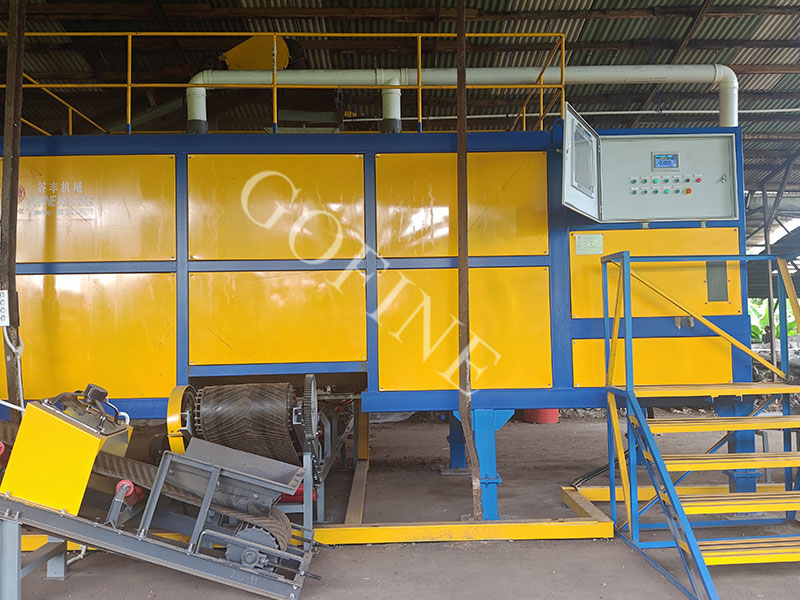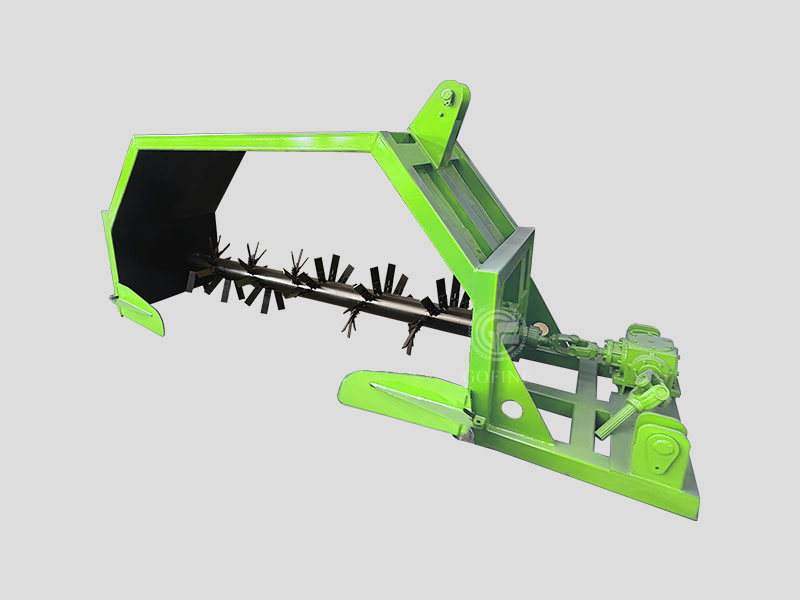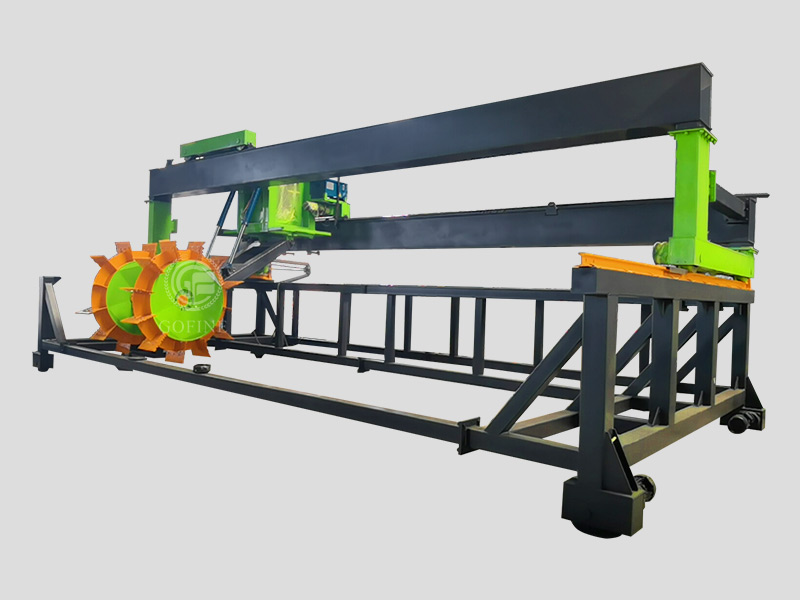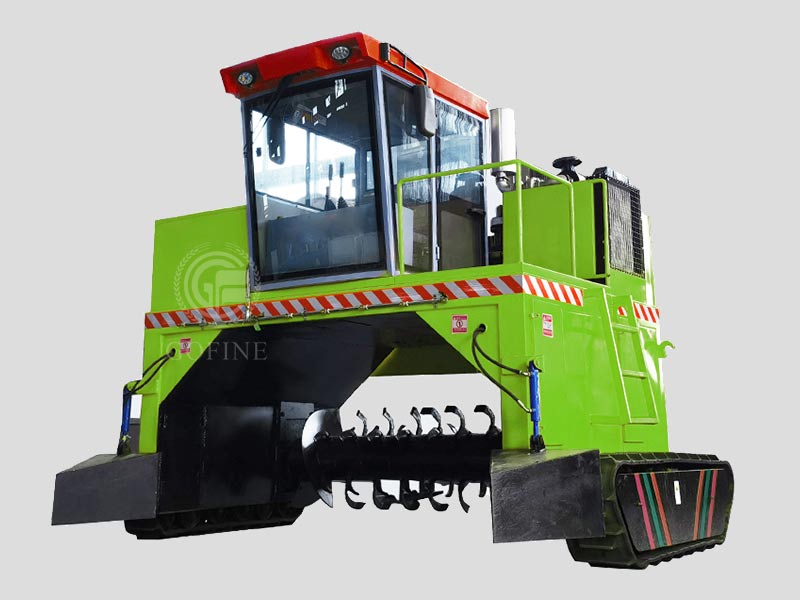Traditional chicken manure mixes are highly effective in horizontal fermentation tanks.
News October 20, 2025
Chicken manure, as a highly potent organic fertilizer, has long been a familiar ingredient for farmers. However, the drawbacks of applying it directly are a source of concern. While traditional fermentation is cost-effective and simple to operate, it suffers from long cycles and significant environmental impact. Combining traditional fermentation with horizontal fermentation tanks not only maintains its cost-effectiveness but also significantly improves fermentation efficiency, making it easier to transform chicken manure into valuable resources.
Material mix is the foundation of fermentation. The traditional “three manures and one grass” combination, or the addition of carbon sources like sawdust and rice hulls, is even more effective in horizontal fermentation tanks. The enclosed space within the tank prevents rainwater from washing away the materials and water loss. This allows for a more even mixing of auxiliary materials like straw and sawdust with the chicken manure, allowing for more precise control of the carbon-nitrogen ratio. Simply prepare the materials according to the traditional fermentation ratio and add them to the tank. No additional insulation is required; the tank’s inherent insulation maintains a suitable temperature, creating a strong foundation for microbial activity. The fermentation cycle can be shortened to about a week in summer.

Controlling humidity and temperature is much easier in horizontal fermenters. Traditional fermentation relies on manual temperature control and manual turning, which is not only time-consuming and labor-intensive, but also prone to uneven control. Horizontal fermenters are equipped with an automatic humidity monitoring system. When the humidity of the material is too high or too low, a built-in spray system precisely replenishes water or ventilates the fermenter to maintain an optimal fermentation humidity of 50%-60%. Regarding temperature, the tank automatically monitors the core temperature. When it reaches 60°C, a one-touch turning function activates to thoroughly mix the materials inside and outside. This eliminates the need for manual turning and ensures even heating. Full fermentation is achieved with just two to three automatic turnings, and even winter insulation is unnecessary.
The combination of fermentation inoculants and horizontal fermenters creates a powerful combination. When using inoculants such as EM bacteria or baking powder, the enclosed environment within the tank reduces bacterial loss and allows beneficial microorganisms to function more efficiently. For example, EM bacteria, after being activated in a proportional amount and then sprinkled onto the material, the constant temperature and humidity within the tank accelerates bacterial growth, shortening the original 7-10 day fermentation cycle to 3-5 days. Using yeast powder, the sealed fermentation process within the tank also doubles the composting speed. High-temperature sterilization is more thorough, effectively killing insect eggs and weed seeds.
Compared to traditional composting, horizontal fermentation tanks not only address the challenges of large floor space and weather-related issues, but also offer automated control, reducing labor costs. Farmers simply need to master the essential material ratios of traditional fermentation and combine them with the technical advantages of horizontal fermentation tanks to easily achieve rapid composting of chicken manure. This model retains the environmental and low-cost advantages of traditional fermentation while addressing its shortcomings. The resulting organic fertilizer is more fertile and of more consistent quality, providing ample nutrients for crop growth and truly achieving the efficient development of green, circular agriculture.
Prev: Fermentation technology is a key engine driving the circular economy in organic fertilizer production equipment. Next: New Crawler Compost Turner: Simultaneously Completes Compost Turning, Film Collection, and Film Covering



